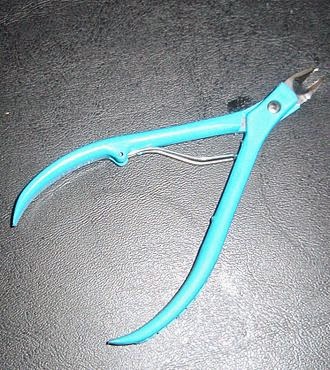 |
| Taken from www.pri.org |
When she plays the pipa—a Chinese musical string instrument belonging to the same family of plucked instruments like the guitar, banjo, ukelele and harp—Chinese musical artist Wu Man said she sees the landscape of China right before her eyes.
Wu Man played before an enthusiastic audience that included yours truly with the Charlotte Symphony Orchestra at the Belk Theater in Charlotte, North Carolina last Friday and Saturday, Oct. 10-11.
Born in Hangzhou, China in 1963, Wu Man studied in with Lin Shicheng, Kuan Yuzhong, Chen Zemin and Liu Dehai at the Central Conservatory of Music in Beijing and became the first recipient of a master’s degree in pipa.
Known for playing a broad range of musical styles from East to West, Wu Man showed off her mastery of the pipa to audiences worldwide. At the fully packed Belk Theater, she was introduced to the audience by the assistant conductor of the Charlotte Symphony Orchestra along with guest Chinese conductor Mei Ann Chen.
In a question-and-answer segment, Wu Man informed the crowd that the pipa was pushed to her by her parents in China when she was little. “This is your instrument,” she recalled her parents telling her and since then she started learning how to play it.
She was asked to describe her pipa which bore some markings on the back. Wu Man said the markings are artwork that tells a story of her culture. She said the pipa she's using is heavier than a guitar.
During the concert, Wu Man's pipa sounded like pebbles falling from heaven and splashing on a quiet pond. She played it beautifully with the orchestra.
“It is strange how these different instruments can play beautiful music together,” said one person I heard at the back. I saw that Wu Man closed her eyes when she played.
One of my close acquaintances, Shirley Larson, said one can see the passion in Wu Man's playing even when she closed her eyes.
When she finished and exited the applause was deafening that she returned, bowed, exited and then came back again. There were no shouts for an encore, only a standing ovation that made Wu Man perform an encore.
When she finished her encore there were several minutes of applause. There was another Q and A with the assistant conductor asking Wu Man about the special plastic that covers her fingernails.
“It is a pick but not fake fingernails. It is transparent but cannot be seen by the naked eye,” Wu Man said. When asked if it is easy to play the pipa she replied “it's a damn hard instrument to play.”
To 83-year-old Shirley Larson, an avid fan of operas and plays, the Wu Man performance was a qualified success. Larson watched the show with her daughter Sherry Rumbough.
According to Wikipedia, “Wu Man is recognized as the world’s premier pipa virtuoso and leading ambassador of Chinese music.
She performed and recorded extensively with Kronos Quartet and Silk Road Ensemble and premiered works by Philip Glass, Lou Harrison, Terry Riley,Bright Sheng, Tan Dun, Zhao Jiping, and Zhou Long, among many others.
She also recorded and appeared on over 40 albums, four of which have been nominated for the Grammy Awards. In 2013, she was named Instrumentalist of the Year by Musical America, becoming the first performer of a non-Western instrument to receive this award.”
 |
| Program info on Wu Man show |
Read her blogs on susanpalmesstraightfrom the Carolinas.com and at http://www.blogher.com/myprofile/spdennis54. These and other articles also appear at http://www.sunstar.com.ph/author/2582/susan-palmes-dennis.
You can also connect with her through her Pinterest account at http://www.pinterest.com/pin/41025046580074350/) and https://www.facebook.com/pages/Straight-from-the-Carolinas-/494156950678063)








































